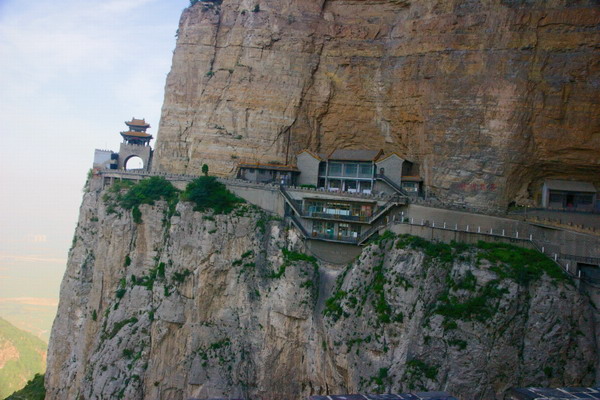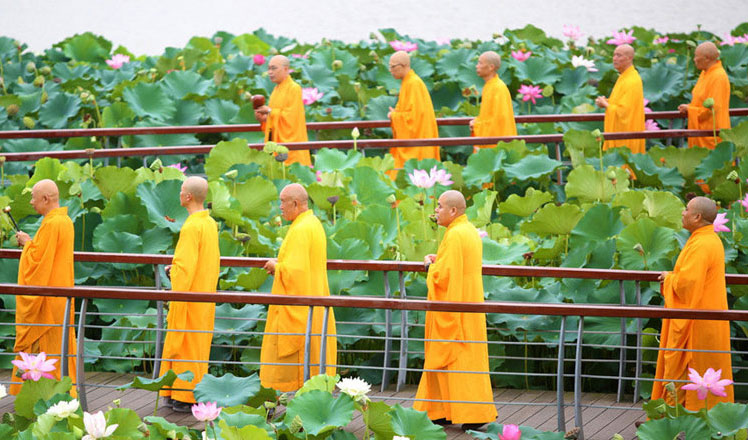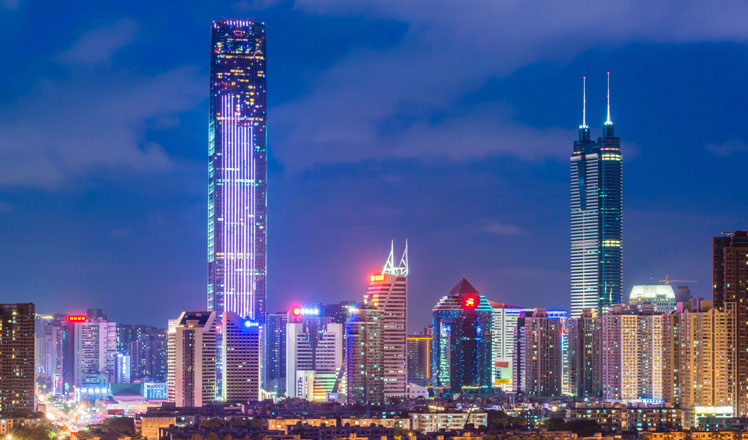Potential for tourism within Shanxi villages
Updated: 2016-07-14 14:42
By Bruce Connolly(chinadaily.com.cn)
|
||||||||
 |
|
The photo shows Mianshan Mountain in Shanxi province. [Photo provided to China Daily] |
"They look so beautiful, so peaceful. It could be a Greek Island - is it Mediterranean or Middle Eastern?" These were the responses to images of three villages – Zhangbi, Qikou and Xiwan – I shot during a recent visit to western Shanxi.
There, in the land of the Yellow Earth, bordered by the Yellow River, was history set in stone, for indeed stone featured prominently - narrow sometimes covered alleys were paved in stone blocks.
Stone and local brick lined the exteriors of homes, temples and commercial premises along with outer walls partially enclosing the villages. If only stones could talk what a story they could tell for the townships regionally were within the 'Cradle of Chinese Civilisation', at the crossroads of dynasties, armies, traders, pastoralists and now travellers finding something unique beyond mass-tourism destinations. Imagine the people over many generations who have walked through these villages!
Zhangbi, at 1040 metres above sea level on the lower slopes of Mianshan Mountain, traces itself back to the ancient Xia that originated in today's Ningxia - a region easily reached by expressway though historically the Yellow River formed a water route from northwestern China for sheepskin rafts as far as Qikou where cataracts prevented onward passage.
Sitting high on an artificial platform above potential flooding Qikou thrived for centuries as a transshipment point before the advent of modern transportation. Merchants prospered, their wealth spreading along nearby Qiushuihe River to smaller more inland settlements such as Xiwan.
Walking through seemingly timeless alleys it became obvious to me that the villages shared a problem common across China, and indeed worldwide - few young people, the seemingly inevitable drift to the cities. Too often a self-fulfilling cycle sets in - a feeling of hopelessness, that the villages are dying. The temptation is to pull down, abandon, rebuild or go for mass-tourism projects.
However this does not have to be the case, as examples around Beijing have shown. Preservation and indeed restoration of historic villages requires a careful balance.American planner and architect Jim Spear transformed declining villages at Mutianyu and Yanqing into nationally and internationally acclaimed examples of sustainable development while stimulating local growth.
Utilising nearby resources, the concept is to employ and motivate locals into feeling they have a stake in the development - that small can be beautiful, can be successful and can work.
Take the villages we saw in Shanxi - visitors are drawn there by their uniqueness. By building on that there is every possibility of creating outstanding destinations that could potentially attract worldwide interest, as has happened at Mutianyu.
It is vital not to destroy the very reason people go to such unique sites but to develop in such a way as to ensure their future while retaining their intrinsic appeal.
The mix of historic architectural styles with Shanxi's villages inspires. Buildings could be restored, renovated internally with contemporary facilities while retaining their historic facade to create quality accommodation either within family courtyards or entirely self-catering.
While contemporary hotel exterior design would feel out of place, modern guesthouses created from local stone while incorporating regional design features should blend in with the feel of the villages. The Brickyard at Mutianyu, north of Beijing, attracts corporate events, mini-conventions and people looking for a relaxing break within a beautiful setting. It has been praised for its simplistic beauty.
For successful development it is important to integrate the local population - people should be part of the success - for example demonstrating their traditional craft skills, talking to visitors on village history, folk tales and legends.
Creating personalised dining within domestic homes while illustrating local Shanxi culinary skills. Villagers, with their family roots going back generations could help create detailed self-guided walking routes or even organise pony expeditions for the surrounding areas are both beautiful and perfect for exploration.
The emphasis again is on sustainable, non-destructive tourism with guests staying several days or longer. The opportunity to escape from the modern urban world, to relax within the natural, calming feeling offered by such semi-rural life!
The physical appearance of the villages surely could attract artists and photographers - Qikou with the sun rising or setting over the Yellow River; Zhangbi with a maze of alleys and arches from past eras; Xiwan with remnants of Old Shanxi cave dwellings within a beautiful mountain backdrop.
Imagine the Yellow River Concerto played live at Qikou - the village already has attractive local-themed guesthouses with upper terrace dining overlooking the river - a feeling of being in Heaven, of being in Shanxi. Travellers, domestic and international are increasingly looking for something beyond mass tourism.
The potential is certainly there in Shanxi.
- Arbitration body 'has nothing to do' with us, says UN
- Trump expected to make VP announcement on Friday
- 25 killed, 50 injured as trains collide in Italy
- The South China Sea Arbitration: Illegal, Illegitimate and Invalid
- Theresa May set to be UK's next Prime Minister after rival stands down
- Killing of UN Chinese peacekeepers slamed

 Picture Chinese stories: 10 illustration books you can't miss
Picture Chinese stories: 10 illustration books you can't miss
 Theresa May: New Iron Lady in Downing Street
Theresa May: New Iron Lady in Downing Street
 Large amount of sea grass besieges Qingdao
Large amount of sea grass besieges Qingdao
 Monks seek tranquility inside lotus ponds
Monks seek tranquility inside lotus ponds
 In pics: Top 10 livable Chinese cities
In pics: Top 10 livable Chinese cities
 Restaurant of 'bandits' opens in Northeast China's Jilin
Restaurant of 'bandits' opens in Northeast China's Jilin
 Ivanovic, Schweinsteiger holds wedding in Venice
Ivanovic, Schweinsteiger holds wedding in Venice
 Tim Duncan announces retirement after 19 seasons with Spurs
Tim Duncan announces retirement after 19 seasons with Spurs
Most Viewed
Editor's Picks

|

|

|

|

|

|
Today's Top News
Ministry slams US-Korean THAAD deployment
Two police officers shot at protest in Dallas
Abe's blame game reveals his policies failing to get results
Ending wildlife trafficking must be policy priority in Asia
Effects of supply-side reform take time to be seen
Chinese State Councilor Yang Jiechi to meet Kerry
Chinese stocks surge on back of MSCI rumors
Liang avoids jail in shooting death
US Weekly

|

|









